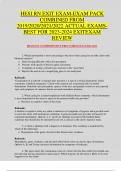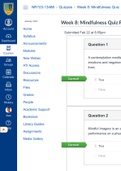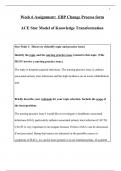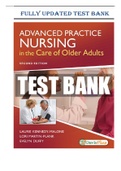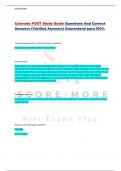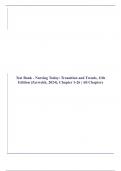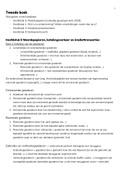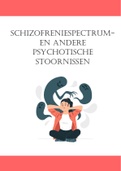Exam (elaborations)
HESI RN EXIT EXAM-EXAM PACK COMBINED FROM 2 019/2020/2021/2022 ACTUAL EXAMS- BEST FOR EXITEXAM REVIEW
- Module
- HESI RN EXIT
- Institution
- Chamberlain College Nursing
HESI RN EXIT EXAM-EXAM PACK COMBINED FROM 2 019/2020/2021/2022 ACTUAL EXAMS- BEST FOR EXITEXAM REVIEW HESI RN EXIT EXAM-EXAM PACK COMBINED FROM 2 019/2020/2021/2022 ACTUAL EXAMS- BEST FOR EXITEXAM REVIEW HESI RN EXIT EXAM-EXAM PACK COMBINED FROM 2 019/2020/2021/2022 ACTUAL EXAMS- ...
[Show more]
